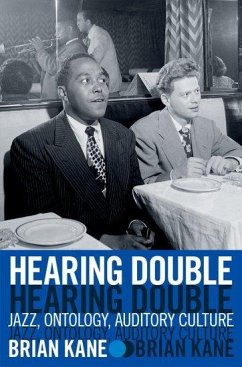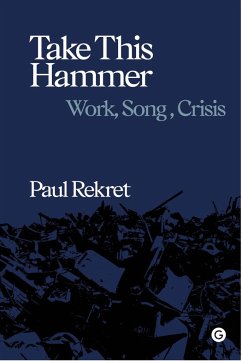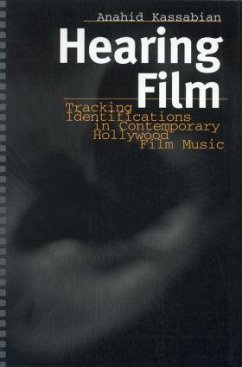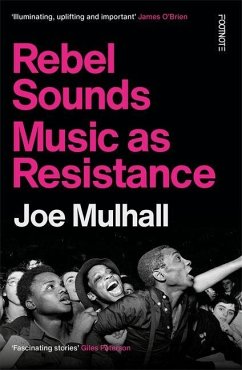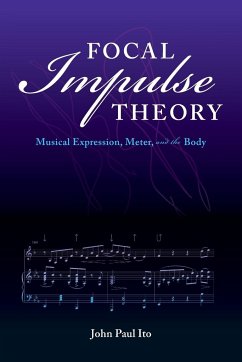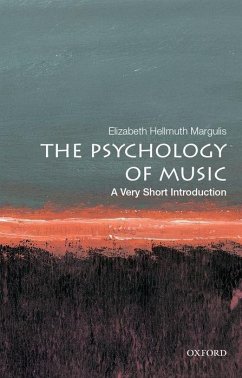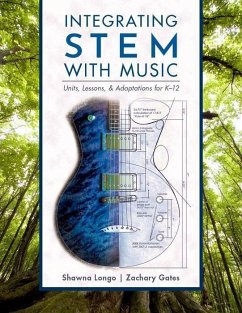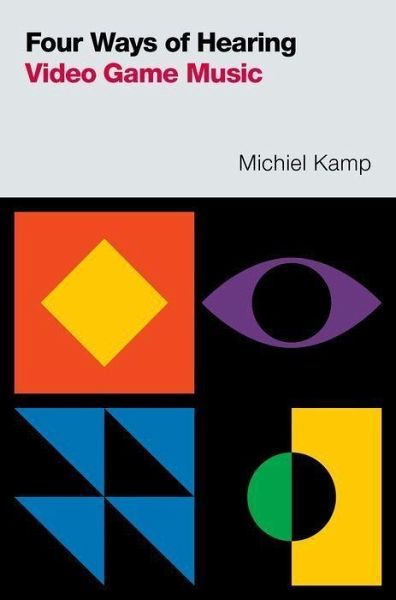
Four Ways of Hearing Video Game Music
Versandkostenfrei!
Versandfertig in über 4 Wochen
42,99 €
inkl. MwSt.

PAYBACK Punkte
21 °P sammeln!
Four Ways of Hearing Video Game Music offers a phenomenological approach to music in video games. Drawing on past phenomenological approaches to music as well as studies of music listening in a variety of disciplines such as aesthetics and ecological psychology, author Michiel Kamp explains four main ways of hearing the same piece of music--through background, aesthetic, ludic, and semiotic hearing.



